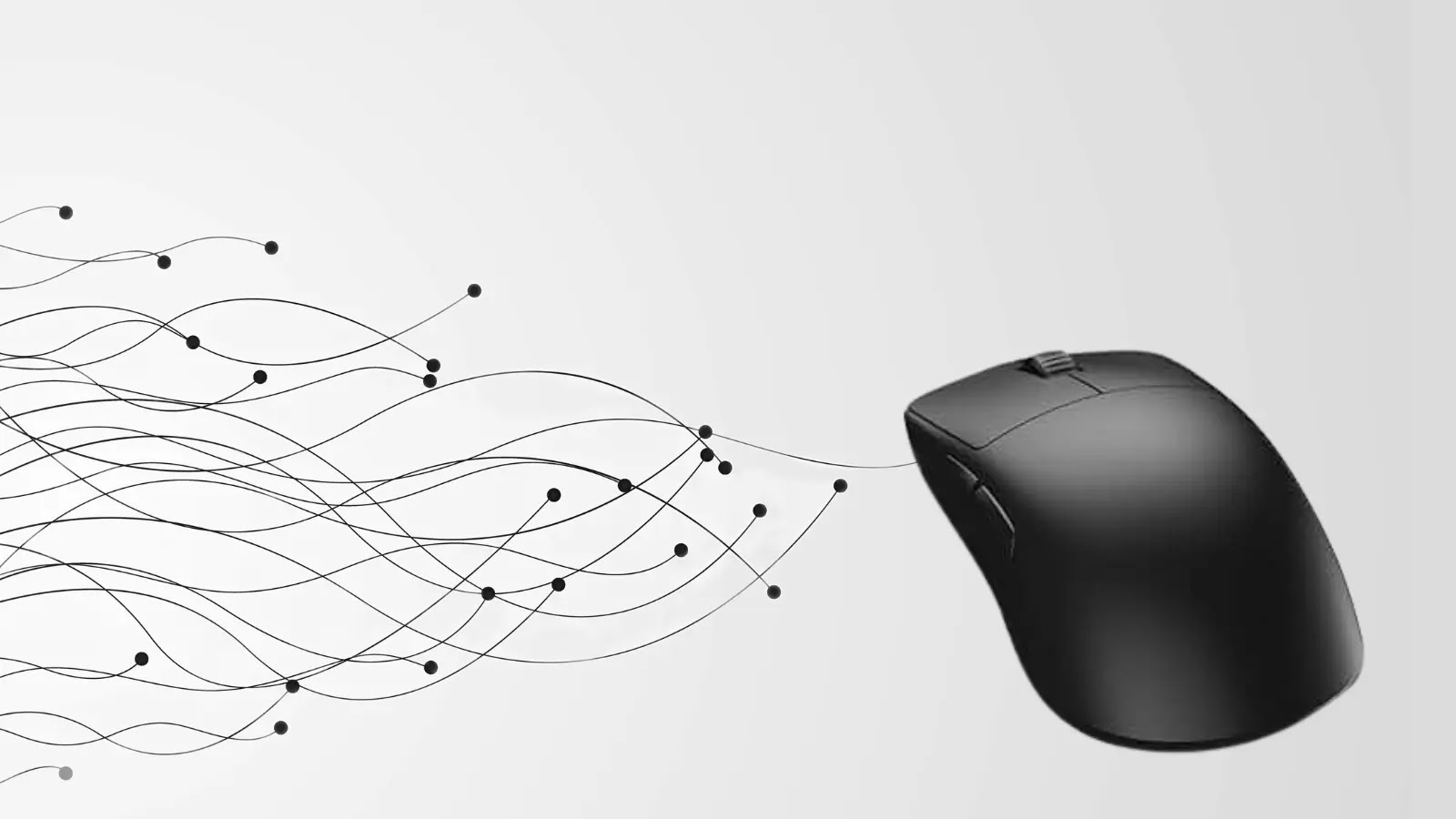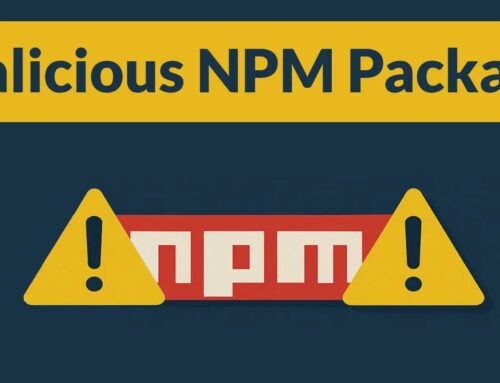
Hackers Compromised Official Gaming Mouse Software to Deliver Windows-based Xred Malware
A Sneak Attack on Trust: Gaming Mouse Software Compromised with Xred Malware
The digital supply chain, an increasingly critical yet vulnerable link in our interconnected world, has once again been exploited. In a concerning incident, gaming peripheral manufacturer Endgame Gear confirmed a successful compromise of its official software distribution system. This breach allowed threat actors to leverage the company’s legitimate OP1w 4K V2 mouse configuration tool to disseminate the dangerous Windows-based Xred malware to unsuspecting customers for nearly two weeks.
Occurring between June 26 and July 9, 2025, this security breach exemplifies a troubling trend: the weaponization of trusted software channels. Such attacks erode user confidence and highlight the sophisticated tactics employed by adversaries to bypass traditional security measures. For any organization, particularly those providing software and hardware, understanding the implications of such supply chain attacks is paramount.
The Anatomy of the Attack: Compromising Trust
The attackers specifically targeted Endgame Gear’s software distribution mechanism. Rather than directly infecting user machines through phishing or drive-by downloads, they injected malicious code into a seemingly legitimate and commonly used utility – the OP1w 4K V2 mouse configuration tool. This method of delivery is particularly insidious as it leverages the inherent trust users place in official vendor-provided software.
Once compromised, the altered configuration tool acted as a Trojan horse. When customers downloaded and installed what they believed to be a safe and necessary driver or utility for their gaming mouse, they inadvertently installed the Xred malware. This type of attack is often referred to as a “supply chain attack” because it targets a weakness in the software supply chain – from development to distribution – to compromise end-users.
Xred Malware: A Persistent Threat to Windows Users
While specific details about Xred malware’s full capabilities from the provided source are limited, supply chain attacks typically aim for broad impact. Malware delivered via such methods often includes functionalities like data exfiltration, remote access, or the deployment of additional malicious payloads. Given its Windows-based nature, Xred likely exploits known vulnerabilities within the operating system or its common applications to establish persistence and achieve its objectives.
The silent spread of Xred within the two-week window of compromise means numerous users could have been infected without immediate detection. This emphasizes the importance of robust endpoint detection and response (EDR) solutions and proactive threat hunting.
Remediation Actions and Proactive Defense
For individuals and organizations that may have downloaded the Endgame Gear OP1w 4K V2 mouse configuration tool during the compromised period (June 26 – July 9, 2025), immediate action is crucial:
- Isolate Affected Systems: Disconnect any potentially compromised systems from the network to prevent further spread or data exfiltration.
- Update Software: Ensure all Endgame Gear software, particularly the OP1w 4K V2 mouse configuration tool, is updated to the latest, verified version. Check the official Endgame Gear website for specific announcements or patches.
- Run Comprehensive Scans: Utilize reputable antivirus and anti-malware software to perform deep scans of all systems that may have interacted with the compromised software. Look for indicators of compromise (IoCs) related to Xred malware or unusual system behavior.
- Review System Logs: Examine system logs (e.g., Windows Event Logs) for suspicious activities, unauthorized processes, or unusual network connections that coincide with the installation window.
- Change Passwords: If any sensitive accounts were accessed from a potentially compromised system, change passwords immediately, especially for critical services like email, banking, and cloud platforms.
- Backup and Restore: Ensure you have recent, clean backups. In severe cases, a complete reinstallation of the operating system may be necessary after backing up essential data.
For all organizations, a proactive stance against supply chain attacks is non-negotiable:
- Vendor Risk Management: Implement rigorous processes for vetting software vendors and their security practices. Conduct regular security audits of third-party software.
- Software Supply Chain Security: Adopt frameworks like SLSA (Supply-chain Levels for Software Artifacts) to enhance the integrity of your software dependencies.
- Software Bill of Materials (SBOM): Request and maintain SBOMs for all third-party software to understand their components and potential vulnerabilities.
- Application Whitelisting: Implement application whitelisting to prevent unauthorized software from executing on enterprise systems.
- Endpoint Detection and Response (EDR): Deploy advanced EDR solutions capable of detecting anomalous behavior and unknown threats.
- Security Awareness Training: Educate users about the risks of downloading software from unofficial sources and the importance of verifying software authenticity.
Detection and Mitigation Tools
Effective defense against malware like Xred requires a combination of robust security tools and vigilant practices. Here are some relevant tools:
| Tool Name | Purpose | Link |
|---|---|---|
| Various EDR Solutions (e.g., CrowdStrike Falcon, SentinelOne) | Advanced threat detection, behavioral analysis, and rapid response at the endpoint level. | N/A (Vendor-specific) |
| VirusTotal | Multi-antivirus scan and file analysis for suspicious samples. | https://www.virustotal.com/ |
| Sysinternals Suite (e.g., Process Explorer, Autoruns) | Advanced Windows utilities for process monitoring, startup program analysis, and deep system inspection. | https://learn.microsoft.com/en-us/sysinternals/downloads/ |
| Threat Intelligence Platforms (e.g., Anomali, Recorded Future) | Providing timely information on new threats, IoCs, and adversary tactics. | N/A (Vendor-specific) |
| Microsoft Defender Antivirus | Built-in Windows security for real-time protection and malware removal. | N/A (Part of Windows) |
Lessons Learned: Fortifying the Digital Supply Chain
The Endgame Gear incident is a stark reminder that even trusted software channels can become conduits for malware. The incident underscores several critical lessons:
- Supply chain security is paramount: Organizations must treat their software supply chain with the same rigor as their internal infrastructure.
- Trust but Verify: Users and organizations must maintain a healthy skepticism, even when downloading software from official sources, and verify integrity where possible.
- Rapid Response is Key: Vendors must have robust incident response plans to quickly identify, contain, and communicate breaches.
- Continuous Monitoring: Proactive monitoring for anomalous behavior and IoCs is essential to detect and mitigate threats early.
As cyber adversaries continue to evolve their tactics, the onus is on both software providers and end-users to enhance their security postures and build resilience against increasingly sophisticated supply chain attacks.





